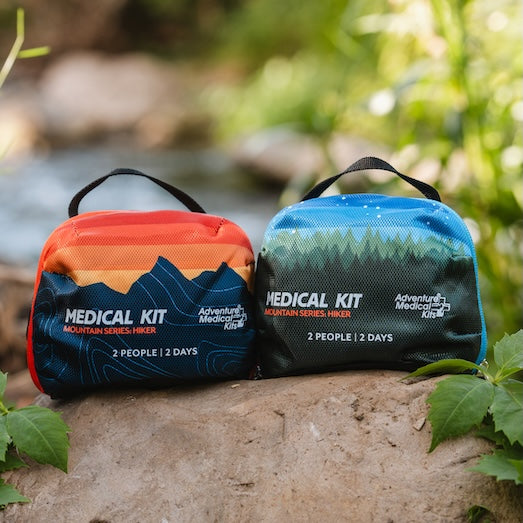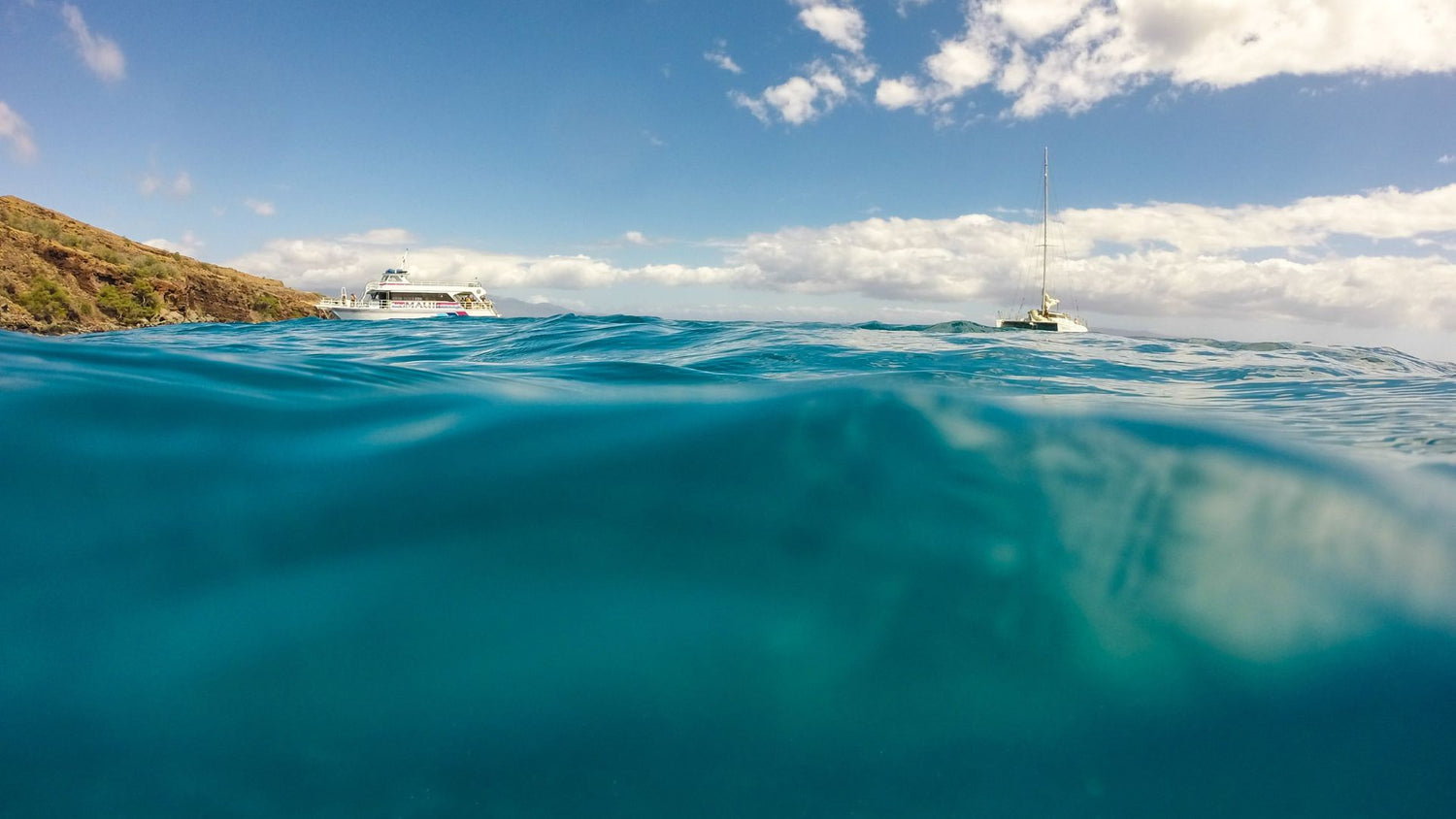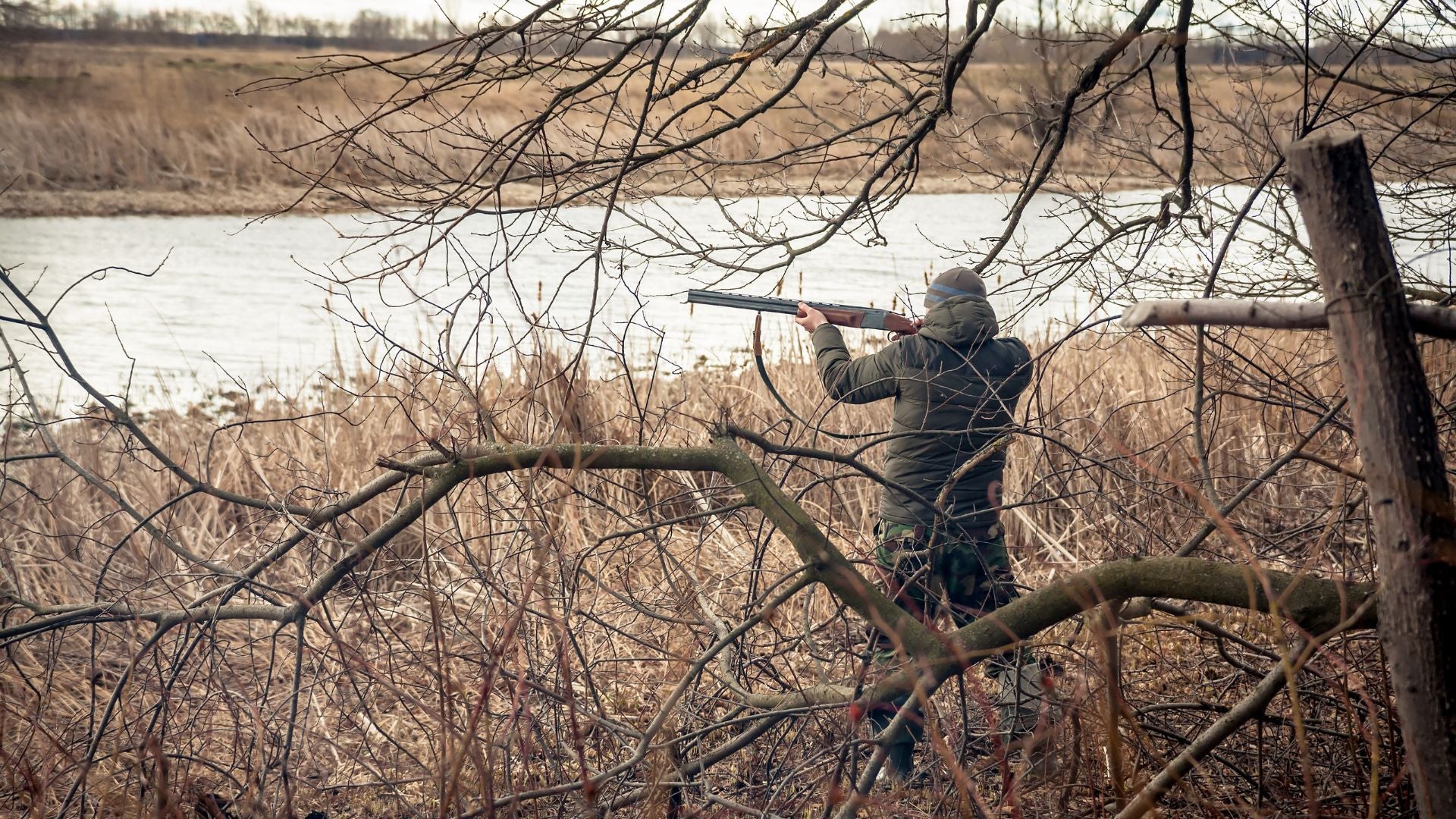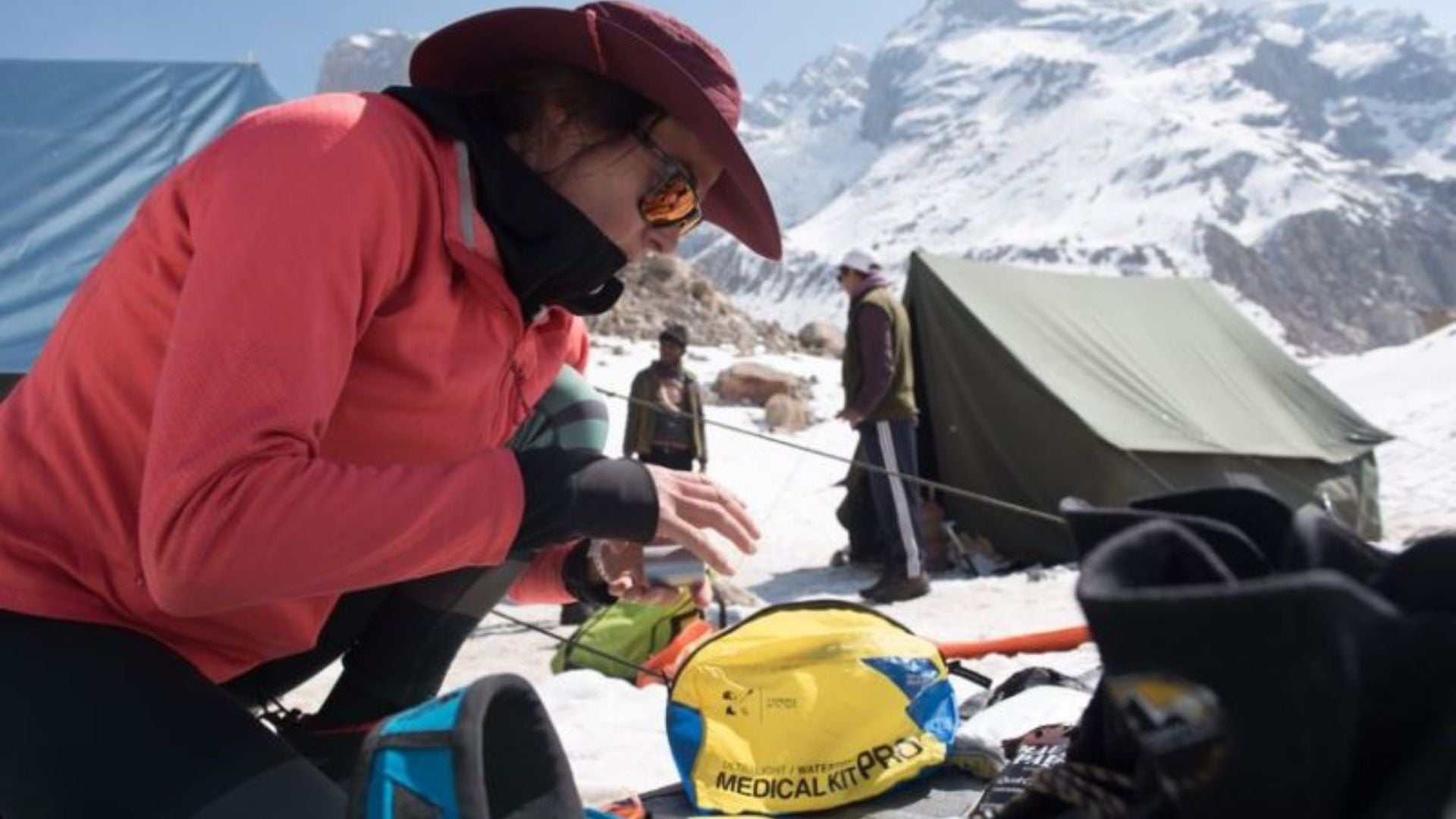According to the Centers for Disease Control (CDC), drowning is the leading cause of unintentional injury in the United States. When you’re at the local pool, out on your boat or body surfing in the waves, you will want to know what to do in a drowning situation. We’ve shared a few of The American Red Cross Water Safety Basics here, but a Life Guard & Water Safety training course is also a great way to get hands-on experience.
Call for Help
Call 911 or the rescue emergency number to report the incident as soon as possible. It only takes an adult struggling in water for about three minutes before things go bad. But a child can only last less than thirty seconds. Take action immediately to rescue a drowning person. Scream for help so that someone else can assist in rescuing the victim.
Reach
Ensuring that you are in a safe position and cannot be pulled in by the victim, stretch your hand towards the victim. If you cannot reach, use a tree branch or a towel and, taking care not to hit him or her, throw it towards him. After he grasps it, you can pull them to a safe position.
Throw
Most swimming areas have safety buoys that are attached to a long rope. They usually float and they can be used to save a drowning victim. Throw the ring towards the victim and ask him/her to grab it then pull it towards the shore.
Row
If you're stuck on shore or far from the victim. Take a boat and go close to the victim taking care not to hit them. You can throw a safety ring to the victim to help him stabilize them. Come along side the victim and reach to help them into the boat.
Go
Swimming to rescue a drowning person can be violent and may pose imminent danger to the rescuer. The victim may force a rescuer under the water by climbing on them in order to breathe. If you have to swim out to rescue a drowning person, carry a towel with you or any object that the victim can hold on to as you tow them to safety.
Upon Rescue
Give first aid to the victim immediately after rescuing him or her. Feel for the pulse on the neck side or the wrist, if he is still breathing feel for the air coming through the nose and ensure it is open.
If the victim is not breathing, perform a CPR to increase chances of survival. Learn more about CPR at RedCross.org
For more marine medical tips, see Adventure Medical Kit’s Comprehensive Guide to Marine Medicine by Dr. Michael Jacobs and Dr. Eric Weiss.














